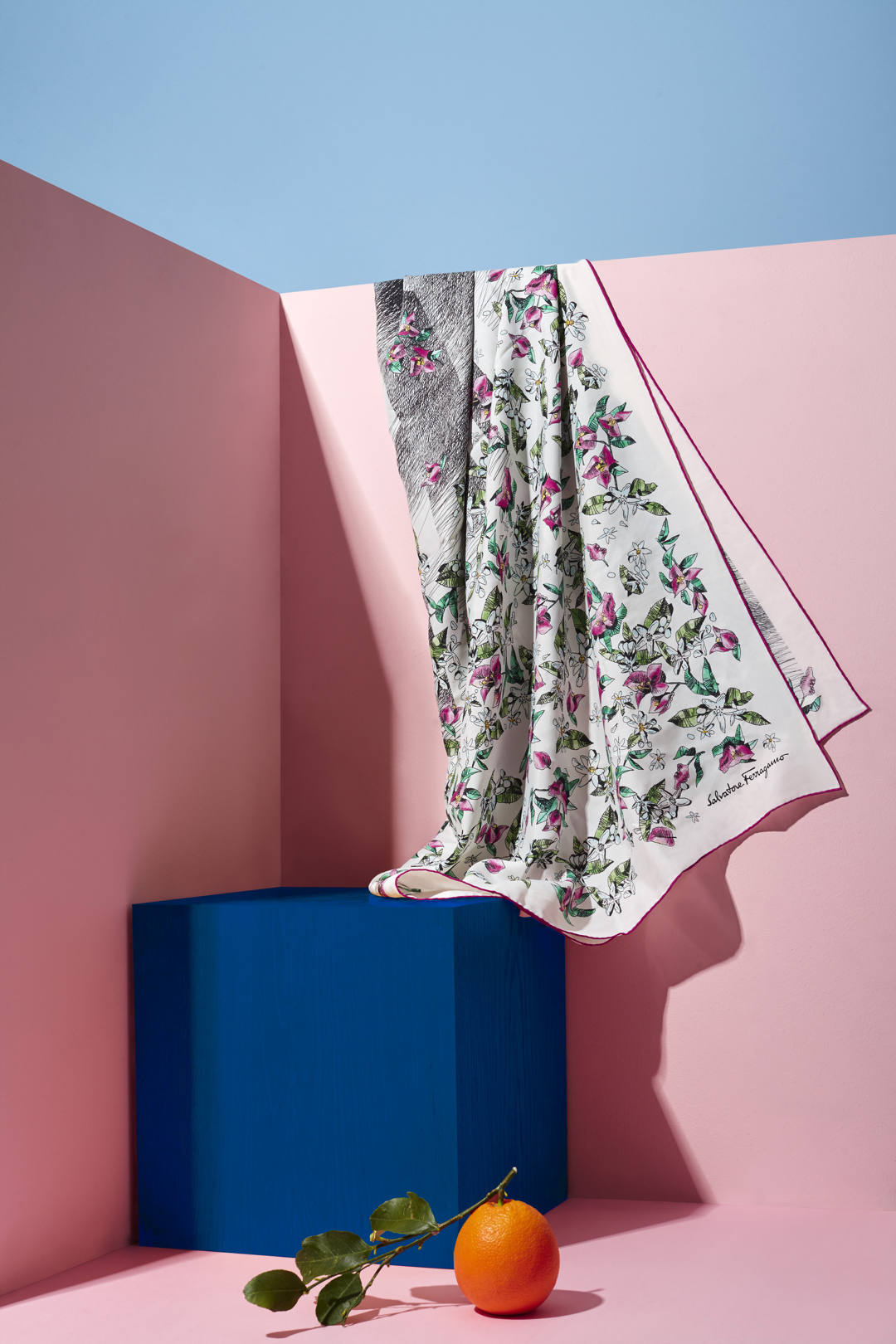Every year, the global leather industry slaughters more than a billion animals, and before they meet their bloody end, they are often subjected to years of cruelty.
Carmen Hijosa had a long career in the leather goods industry before she became compelled to find sustainable alternatives.
Originally from Spain, her career has taken her around the globe, designing items made of leather, overseeing manufacturing and working as an industry consultant.
In the 1990s a work trip to the Philippines resulted in the leather expert changing her trajectory.
While consulting on the leather export industry in the country she was shocked at the environmental impact of mass leather production and chemical tanning.
She realised this could not continue, but knew that PVC alternatives were not the solution.
Inspired by the abundance of natural resources, including the use of plant fibres in traditional weaving in the region, Carmen sought to create a new, non-woven textile that could be commercially produced, provide positive social and economic impact and maintain a low environmental footprint throughout its life cycle.
She found the raw material she was looking for in a by-product of the Philipines pineapple harvest.
“Pineapple leaves contain one of the finest cellulose fibres in existence, so I thought: Why couldn’t we use these to make a leather alternative?” she told Wired.
Carmen decided to undertake a PhD at the Royal College of Art UK while in her late 50s and under the company Ananas Anam, which is headquartered in London, Carmen developed Piñatex®.
It was initially a project as part of the Royal College of Art in London’s incubator programme called InnovationRCA and took 7 years of R&D to develop.
Piñatex® is made of fibre from the leaves of the pineapple plant. These leaves are discarded from the pineapple harvest, so the raw material requires no additional environmental resources to produce.
What’s more, Piñatex allows farmers to make money from a waste product that would otherwise not be put to use.
“Piñatex is a material that is completely cradle to cradle, it substitutes leather that has a very heavy environmental and welfare impact, and it brings new income streams to subsistence farmers, allowing them to fully utilise their crops,” says Ananas Anam.
The Process

The long fibres in pineapple leaves are extracted through a process called decortication, which is done at the Philipines plantation by the farming community.
Ananas Anam has developed the first automated decorticating machine to assist with this process, allowing farmers to utilise greater quantities of their waste leaves. Once the leaves have been stripped of fibre the leftover biomass can be used as a nutrient-rich natural fertiliser or a biofuel, so nothing is wasted.
The fibres then get degummed and undergo an industrial process to become a non-woven mesh, which forms the base of Piñatex.
The rolls of non-woven mesh are then transported to Spain for specialised finishing.
“This unique process is what gives Piñatex® its leather-like appearance, creating a textile that is soft and flexible, yet very durable,” says the company’s website.
The finished textile is distributed directly by Ananas Anam to designers, who use it as a sustainable alternative to leather in footwear and handbags, clothing, interior furnishing and automotive upholstery.
There are now many brands opting for Pinatex instead of leather, including global fashion giant Hugo Boss, who is using the material to make sneakers.

Highstreet fashion monolith H&M also incorporated Pinatex material in their Spring/Summer Conscious Collection to create a jacket “inspired by the beauty of the natural world.”
Carmen has been recognised as a creative leader through awards including the Cartier Women’s Initiative Award (sustainable innovation – 2015) and the Innovate UK women in innovation award (sustainable materials – 2016), and the pineapple pioneer regularly shares her innovative views on sustainability at panels and events including TEDx talks.


